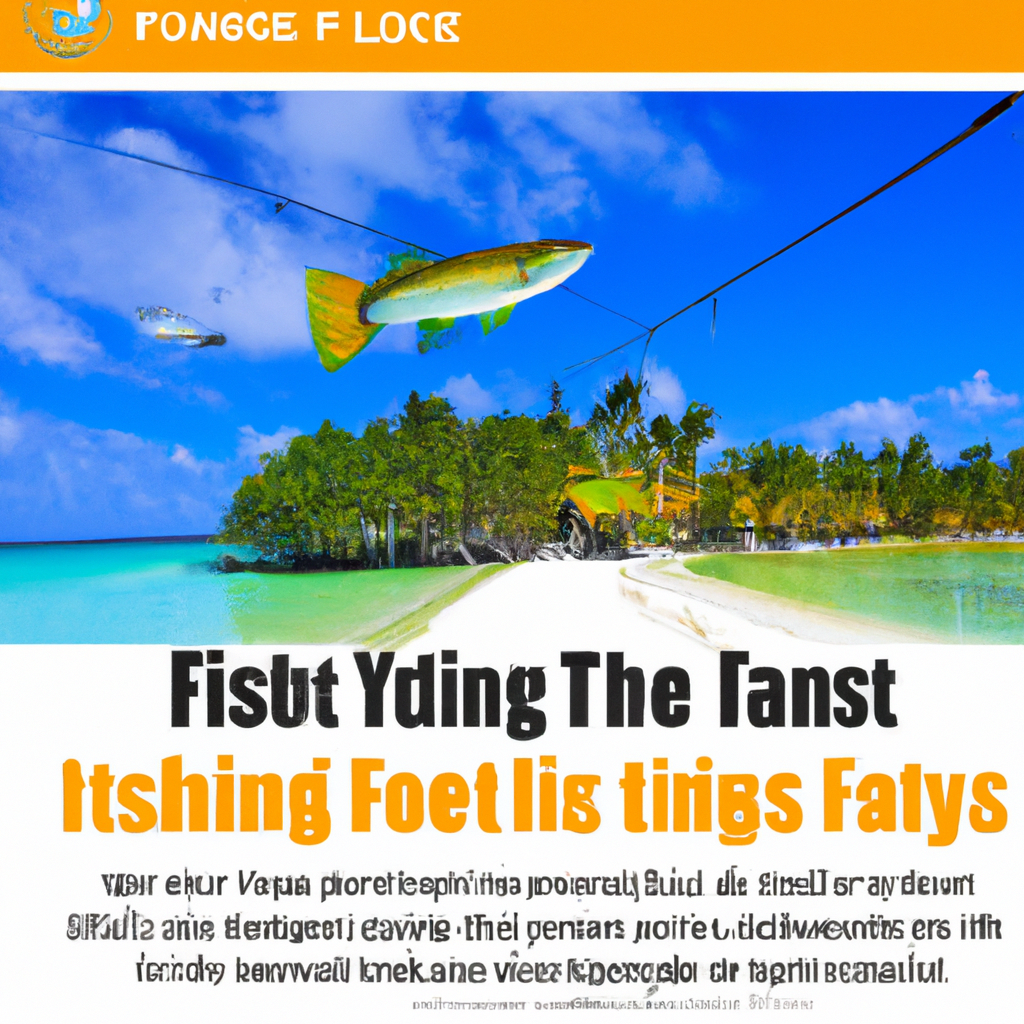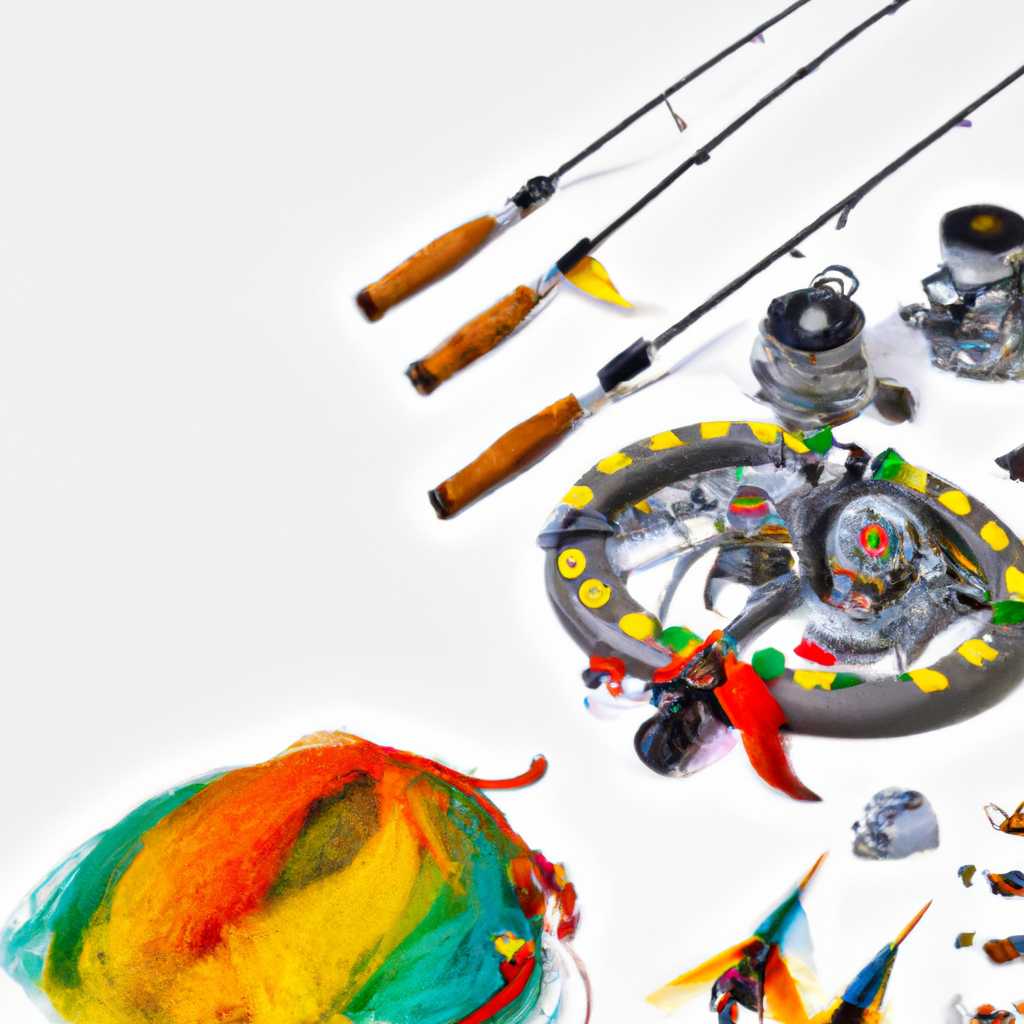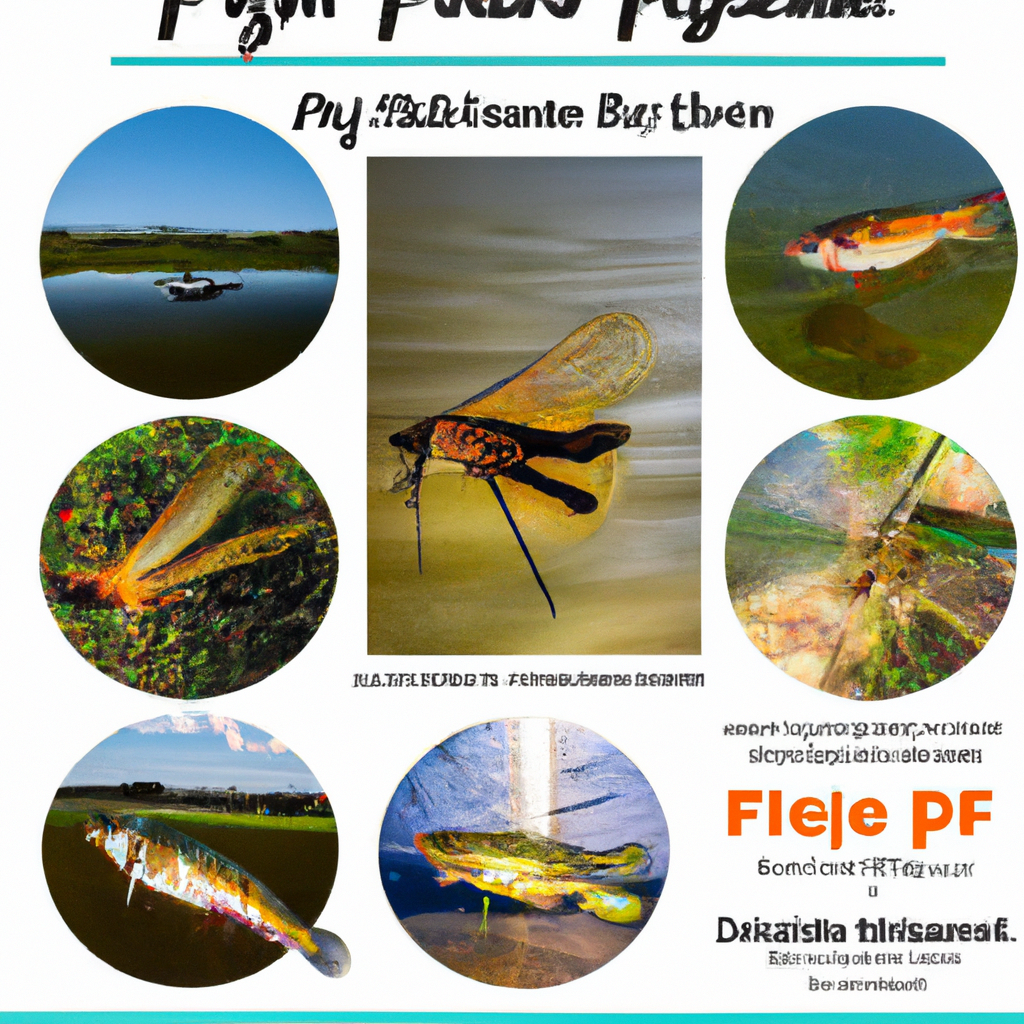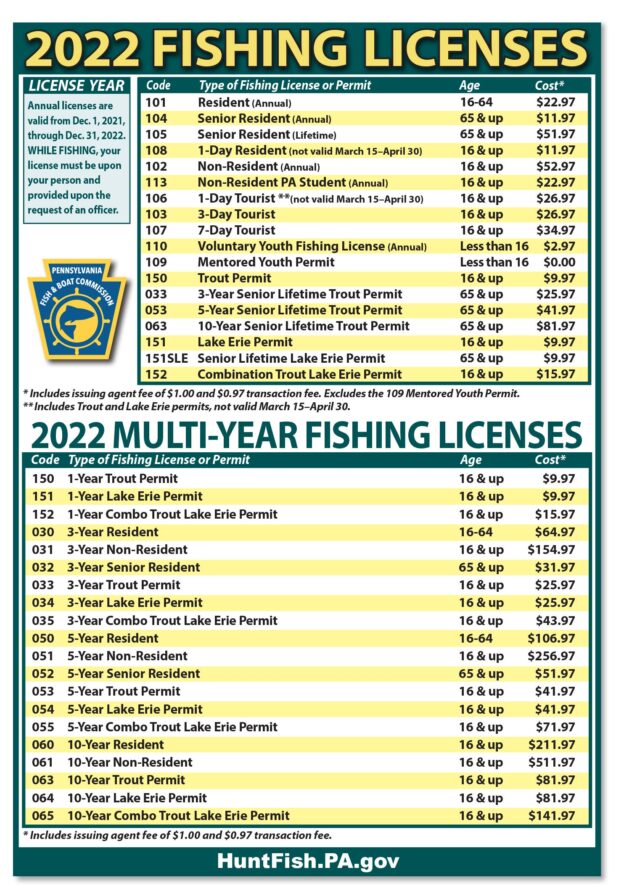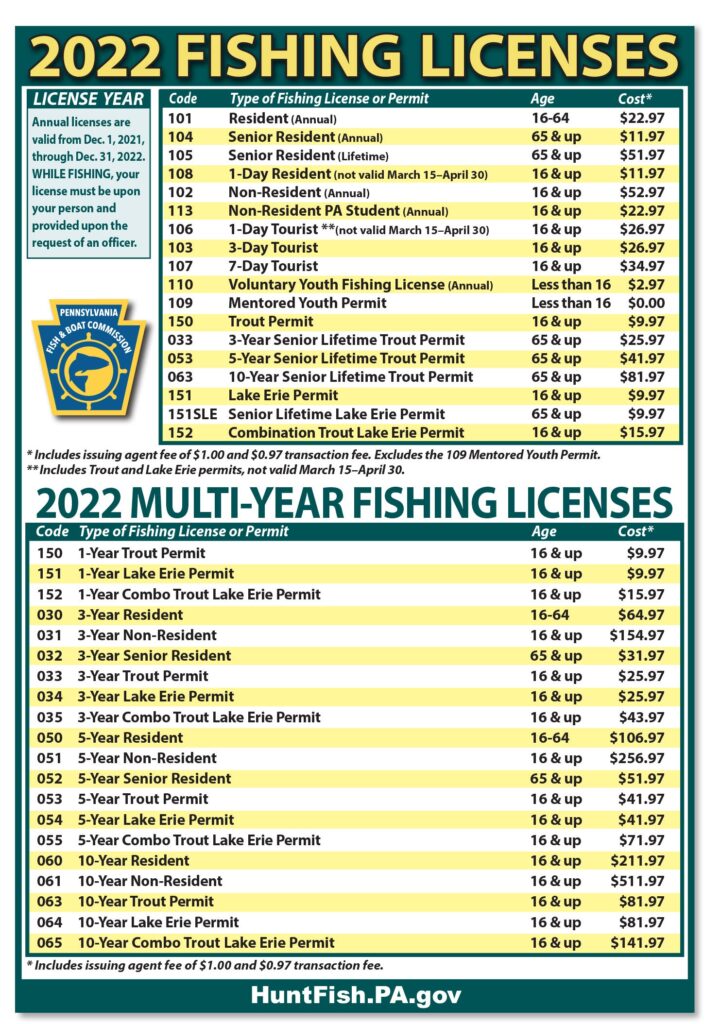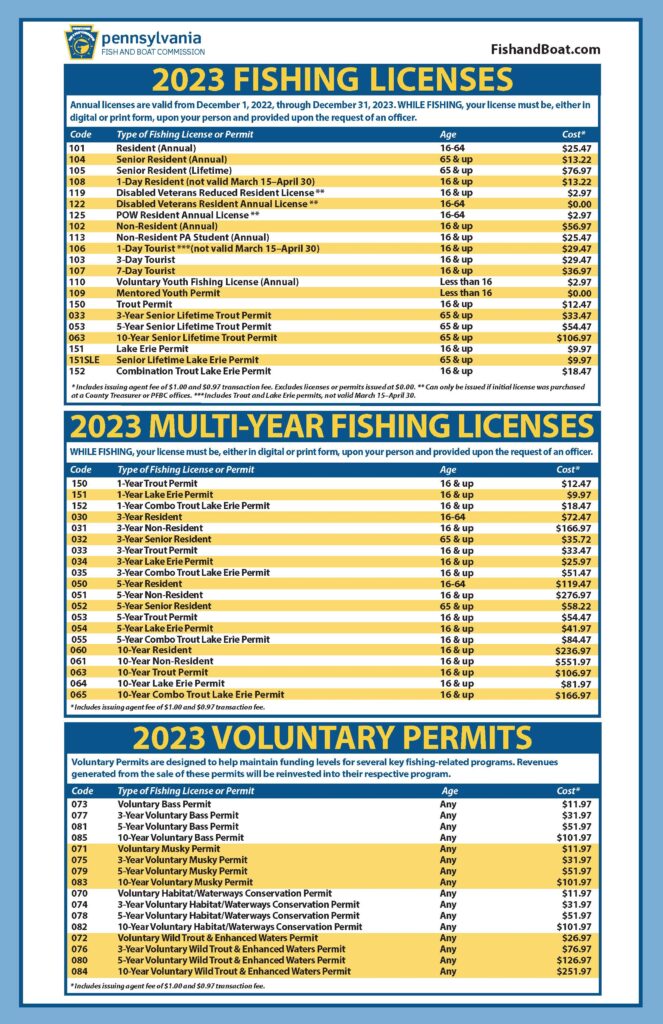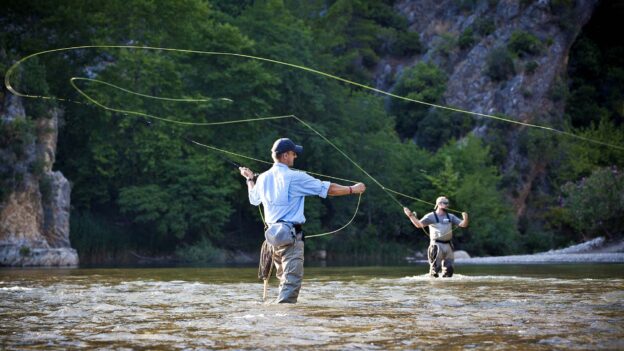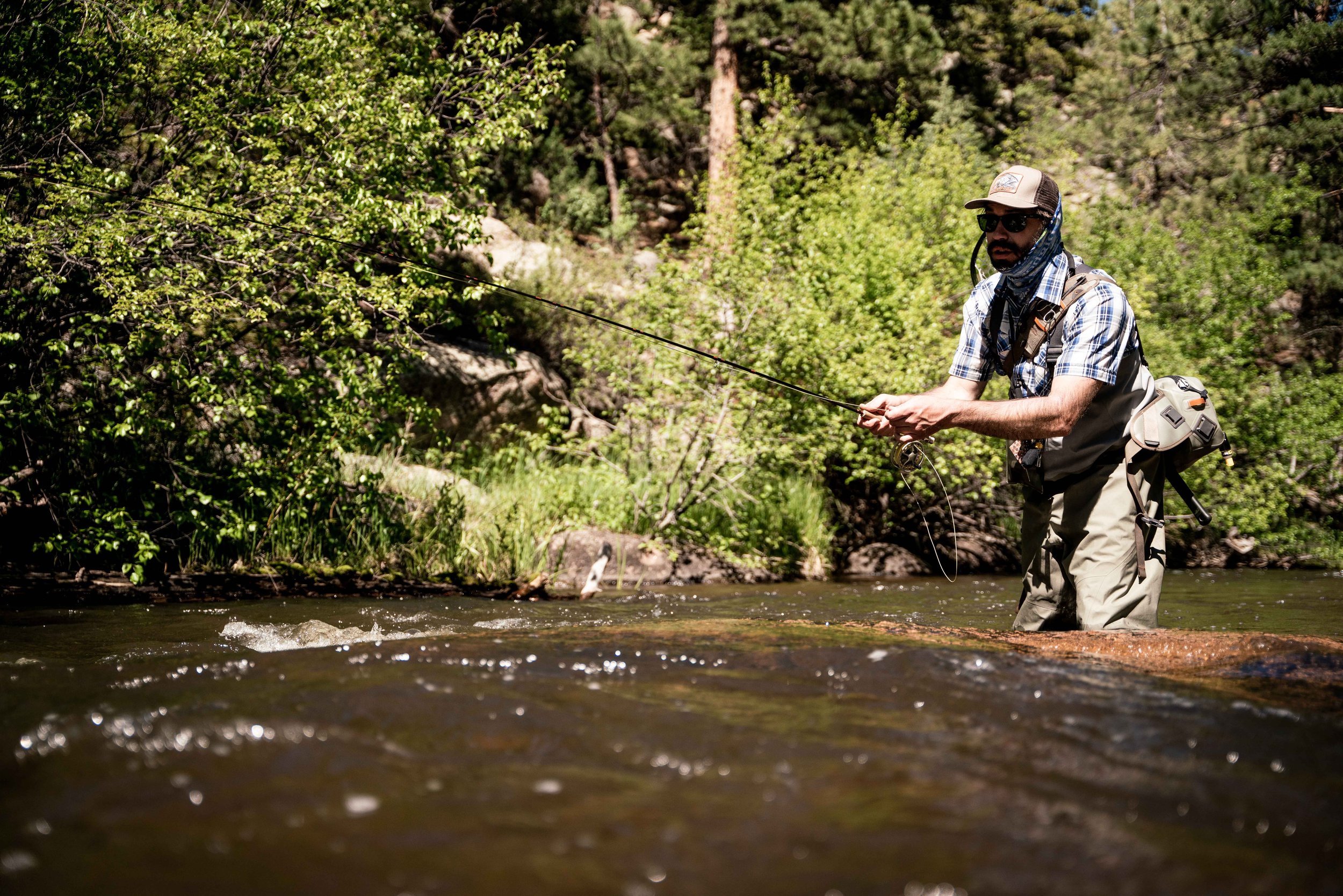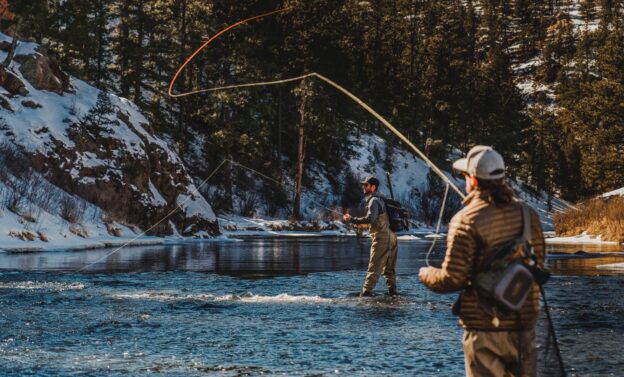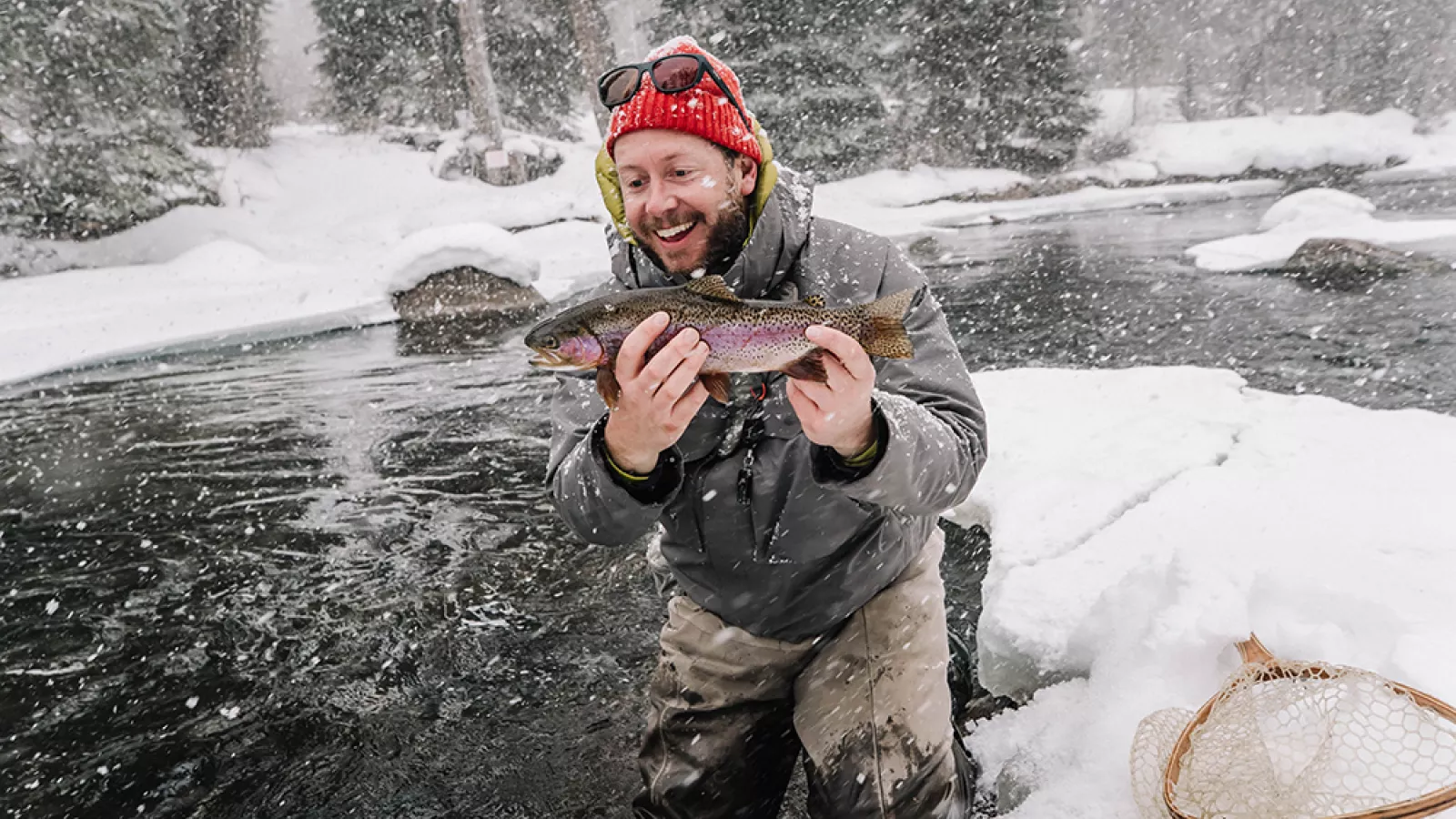Are you an avid angler looking for the perfect spot to indulge in your passion for fly fishing? Look no further than Orlando, Florida! With its stunning lakes, rivers, and marshes, this vibrant city offers a plethora of opportunities for anglers seeking their next big catch. Whether you’re a beginner or an experienced angler, hiring a fly fishing guide in Orlando can enhance your fishing experience and ensure you make the most of your time on the water. With their local expertise and insider knowledge, these guides can help you navigate the best fishing spots, provide valuable tips and tricks, and ultimately increase your chances of landing that trophy fish. Get ready to cast your line and embark on an unforgettable fly fishing adventure in Orlando, Florida!
What is Fly Fishing
Fly fishing is a popular angling method that involves using a lightweight artificial fly to catch fish. Unlike traditional fishing methods that use bait or lures, fly fishing relies on the weight of the fly line to cast the fly and imitate the natural movement of insects that fish feed on. It is a fascinating and challenging sport that requires skill, precision, and patience.
Fly fishing basics
The basics of fly fishing include learning how to cast, how to read the water, and how to present the fly. Casting is a fundamental skill in fly fishing, and there are different casting techniques such as the overhead cast, roll cast, and sidearm cast. Reading the water involves understanding the fish’s behavior and their feeding patterns. By observing the water’s currents, depth, and structure, you can determine where the fish are likely to be. Presenting the fly involves making it look as natural as possible to entice the fish to strike.
Equipment needed for fly fishing
To get started with fly fishing, you will need a few essential pieces of equipment. The most important item is a fly rod, which comes in various lengths and weights. The weight of the rod corresponds to the size of the fly line it can handle. Along with the fly rod, you will need a fly reel, which holds the fly line and provides drag when reeling in a fish. A fly line is specially designed to have weight and density for casting. Fly fishing also requires a leader and tippet, which are thin, clear lines that connect the fly to the fly line. Lastly, you will need a selection of flies, which are artificial imitations of insects.
Different types of fly fishing techniques
There are various techniques used in fly fishing, each suited for different situations and fish species. One technique is dry fly fishing, where the fly floats on the water’s surface to imitate an adult insect. This technique requires precise casting and presentation skills. Another technique is nymph fishing, where the fly is subsurface, imitating the larval stage of insects. Nymph fishing is effective in deeper water or when fish are not actively feeding on the surface. Streamer fishing is a technique that involves using large, underwater flies to imitate minnows or small fish. This method is often used to target predatory fish like trout or bass.
Orlando as a Fishing Destination
Why choose Orlando for fly fishing
Orlando, Florida, is not only known for its theme parks and attractions but also for its excellent fly fishing opportunities. It offers a unique combination of urban and natural landscapes, providing anglers with a diverse range of fishing spots. Whether you are a beginner or an experienced angler, fly fishing in Orlando can be an exciting and rewarding experience.
Fishing spots in Orlando
Orlando is home to several lakes, rivers, and ponds that provide ample fishing opportunities. One popular fishing spot is the Butler Chain of Lakes, which consists of several interconnected lakes with clear waters and abundant fish. Lake Tohopekaliga, known as Lake Toho, is another renowned fishing destination in Orlando, famous for its trophy largemouth bass. The nearby St. Johns River offers opportunities to catch various fish species, including black crappie, bluegill, and catfish. For those who prefer saltwater fly fishing, nearby coastal areas, such as Mosquito Lagoon and the Indian River, provide excellent opportunities to catch redfish, snook, and spotted sea trout.
Flora and fauna in Orlando
Orlando’s fishing destinations are not only rich in fish but also abundant in diverse flora and fauna. The lakes and rivers are often surrounded by lush vegetation, including cypress trees, aquatic plants, and lily pads. These natural habitats provide a picturesque backdrop for anglers and contribute to the overall ecosystem health. Wildlife enthusiasts can also spot various bird species, such as herons, egrets, bald eagles, and ospreys, while exploring the fishing spots in Orlando.

Benefits of Hiring a Fly Fishing Guide
Expert knowledge and guidance
One of the significant benefits of hiring a fly fishing guide in Orlando is gaining access to their expert knowledge and guidance. Professional guides have years of experience fishing in the local waters and possess in-depth knowledge about fish behavior, feeding patterns, and the best techniques to use in different conditions. They can provide invaluable tips and tricks to improve your fly fishing skills and increase your chances of landing a prized catch.
Access to exclusive fishing spots
Fly fishing guides in Orlando have extensive knowledge of the area’s hidden gems and secret fishing spots. By hiring a guide, you gain access to these exclusive locations that are not easily accessible to the general public. These secluded spots often have less fishing pressure, leading to more opportunities for catching fish. With a guide’s assistance, you can explore the lesser-known areas and discover the hidden treasures of Orlando’s fishing destinations.
Equipment and gear provided
Another advantage of hiring a fly fishing guide is the convenience of having all the necessary equipment and gear provided. Fly fishing requires specialized gear, including rods, reels, lines, leaders, and flies. Acquiring all this equipment can be expensive, especially for beginners. By hiring a guide, you can eliminate the need to purchase and transport your own gear. Guides typically provide high-quality equipment suited for the local fishing conditions, ensuring that you have everything you need for a successful fly fishing trip.
Choosing the Right Fly Fishing Guide in Orlando
Researching fly fishing guide companies
When selecting a fly fishing guide in Orlando, it is essential to research different guide companies. Look for companies that have a good reputation and a long-standing presence in the industry. Check their websites for information on their services, guides’ qualifications, and fishing packages. Reputable guide companies often provide detailed descriptions of their offerings and showcase their experience and expertise in fly fishing.
Reading customer reviews
Customer reviews can provide valuable insights into the quality of services offered by fly fishing guides in Orlando. Look for reviews on independent review platforms or specialized fishing websites. Pay attention to the overall rating, but also read individual reviews to get a comprehensive understanding of the guide’s strengths and weaknesses. Positive reviews from satisfied customers are a good indication of a guide’s professionalism and ability to provide an enjoyable and successful fishing experience.
Considering experience and certifications
Experience and certifications are essential factors to consider when choosing a fly fishing guide in Orlando. Experienced guides have a deep understanding of the local waters, fish species, and fishing techniques. They are adept at adapting to changing conditions and can maximize your chances of a successful fishing trip. Additionally, certifications such as the Florida Fly Fishing Association (FFFA) or the Federation of Fly Fishers (FFF) can demonstrate a guide’s commitment to professionalism and adherence to ethical and sustainable fishing practices.

Fly Fishing Seasons in Orlando
Best times of the year for fly fishing in Orlando
Orlando offers fly fishing opportunities throughout the year, but certain seasons are more favorable for specific fish species. The best times for fly fishing in Orlando depend on various factors such as water temperature, weather conditions, and fish spawning seasons. Generally, spring and fall are considered prime seasons for fly fishing, as the temperatures are moderate, and fish are more active. However, each season has its own unique charm and opportunities for anglers.
Peak and off-peak seasons
Peak season for fly fishing in Orlando typically occurs from March to May and from September to November. During these months, the weather is pleasant, and fish are actively feeding. Off-peak seasons, which include the summer and winter months, can still provide excellent fly fishing opportunities. However, anglers may need to adjust their techniques and locations to accommodate changing fish behavior and water conditions.
Fish species available during different seasons
The fish species available in Orlando’s fishing destinations vary depending on the season. In the spring and fall, anglers can target popular game fish species such as largemouth bass, black crappie, and bluegill. During the colder winter months, anglers can still find success targeting bass, as well as species like catfish and sunshine bass. In the summer, anglers can target redfish, snook, and spotted sea trout in the coastal areas near Orlando.
Top Fly Fishing Guides in Orlando, Florida
Guide 1: Experience and specialties
Guide 1 is a highly experienced fly fishing guide in Orlando, Florida, with over 20 years of guiding experience. They specialize in fishing the Butler Chain of Lakes and are known for their knowledge of the area and their ability to consistently put clients on trophy largemouth bass. Guide 1 offers personalized fishing trips tailored to the angler’s skill level and preferences. They provide all necessary equipment and gear and are committed to practicing catch and release to preserve the fishery.
Guide 2: Customer reviews and testimonials
Guide 2 has garnered a reputation for excellent customer service and outstanding fishing experiences. They have received numerous positive reviews and testimonials from satisfied clients who commend their professionalism, knowledge, and patience. Guide 2’s fishing trips cater to both beginners and seasoned anglers, ensuring an enjoyable and memorable experience for all. With their expertise in both freshwater and saltwater fly fishing, Guide 2 offers diverse fishing opportunities in Orlando.
Guide 3: Locations and packages
Guide 3 stands out for their extensive knowledge of the St. Johns River and its tributaries, which provide exceptional fly fishing opportunities. They offer various fishing packages that cater to different interests and budgets. Whether you are looking for a half-day trip on the river or a full-day adventure targeting specific fish species, Guide 3 can accommodate your needs. Their guides are skilled in both traditional and fly fly fishing techniques, ensuring a well-rounded and rewarding fishing experience.
Fly Fishing Techniques in Orlando, Florida
Dry fly fishing
Dry fly fishing is a classic and exciting technique used in Orlando, Florida. It involves imitating adult insects that are resting or laying their eggs on the water’s surface. Anglers use lightweight dry flies that float on the water, creating a realistic representation of insects for fish to strike. Dry fly fishing requires precise casting and delicate presentation skills to entice fish to rise and take the fly. This technique is particularly effective during hatches when insects are abundant.
Nymph fishing
Nymph fishing is a popular technique in Orlando, especially when fish are not actively feeding on the surface. Nymphs are the larval stage of aquatic insects, and fish often feed on them underwater. Anglers use weighted nymph flies that sink to the desired depth, imitating the natural movement of nymphs. Nymph fishing requires accurate casting and the ability to detect subtle strikes. It is a productive technique to target a wide range of fish species, including trout, bass, and panfish.
Streamer fishing
Streamer fishing is a dynamic and visually stimulating technique used to imitate small fish or minnows. Anglers use larger, flashy streamer flies that mimic the movements of injured or fleeing prey. Streamers are typically retrieved in a jerking or stripping motion to create the illusion of a wounded fish. This technique is highly effective for targeting predatory game fish, such as largemouth bass and pike, in both freshwater and saltwater environments. Streamer fishing requires accurate casting and the ability to vary retrieval techniques to entice fish to strike.
Preparing for a Fly Fishing Trip in Orlando
Obtaining fishing licenses and permits
Before embarking on a fly fishing trip in Orlando, it is essential to obtain the necessary fishing licenses and permits. Florida requires both freshwater and saltwater fishing licenses, depending on the type of water you plan to fish in. Licenses can be purchased online through the Florida Fish and Wildlife Conservation Commission (FWC) website or at authorized retailers. Make sure to familiarize yourself with the specific regulations and catch limits for the areas you plan to fish to ensure compliance with local fishing regulations.
Packing essential gear and clothing
When packing for a fly fishing trip in Orlando, it is important to bring the essential gear and clothing. The gear includes a fly rod, reel, fly line, leader, tippet, and a selection of flies. It is also recommended to bring a landing net, forceps or hemostats for hook removal, and a fly fishing vest or pack to carry your gear. In terms of clothing, dress appropriately for the weather and consider wearing lightweight, moisture-wicking clothing that provides sun protection. Additionally, don’t forget to bring a hat, sunglasses, sunscreen, and insect repellent.
Researching local fishing regulations
Before heading out on a fly fishing trip in Orlando, it is crucial to research and familiarize yourself with the local fishing regulations. Different fishing areas may have specific rules regarding catch limits, size restrictions, and fishing methods. Educate yourself on the regulations set forth by the Florida Fish and Wildlife Conservation Commission (FWC) to ensure that you are fishing within the legal boundaries. Respecting these regulations not only preserves the fishery but also helps maintain the sustainability of the ecosystem.
Fly Fishing Conservation in Orlando
Catch and release practices
Catch and release practices play a vital role in conserving the fish populations in Orlando’s fishing destinations. Practicing catch and release involves releasing the fish unharmed back into the water after catching them. It helps maintain healthy fish populations and ensures that future generations of anglers can enjoy the sport. When practicing catch and release, handle the fish with care, minimize handling time, and use proper techniques for hook removal. Barbless hooks or hooks with flattened barbs can make releasing fish easier and minimize injury.
Respecting natural habitats
Respecting the natural habitats of fish and other aquatic species is crucial for their long-term survival. Avoid damaging aquatic vegetation, nesting areas, and fish spawning grounds when wading or boating. Be mindful of the fish’s environment and avoid unnecessary disturbances. Properly dispose of any trash or waste generated during your fishing trip to keep the fishing destinations clean and free from pollution. By respecting the natural habitats, you contribute to the overall health and sustainability of the ecosystem.
Supporting local environmental organizations
Supporting local environmental organizations dedicated to preserving and conserving Orlando’s fishing destinations is another way to contribute to fly fishing conservation efforts. These organizations often work towards habitat restoration, water quality improvement, and fish population monitoring. Consider volunteering your time, donating funds, or participating in fundraisers organized by these organizations. By supporting their initiatives, you can contribute to the long-term protection and preservation of the natural resources that make fly fishing in Orlando possible.
Conclusion
In conclusion, fly fishing in Orlando, Florida, offers a unique and rewarding angling experience. With its diverse fishing spots, abundance of fish species, and knowledgeable fly fishing guides, Orlando is a destination that caters to anglers of all skill levels. By hiring a fly fishing guide, you can benefit from their expertise, gain access to exclusive fishing spots, and have all the necessary equipment provided. With a variety of fly fishing techniques to explore and the natural beauty of Orlando’s fishing destinations, each trip is an opportunity to create memorable experiences and discover the hidden treasures of this captivating city. So pack your fly rod, prepare for a fishing adventure, and immerse yourself in the beauty of Orlando’s fly fishing opportunities.


